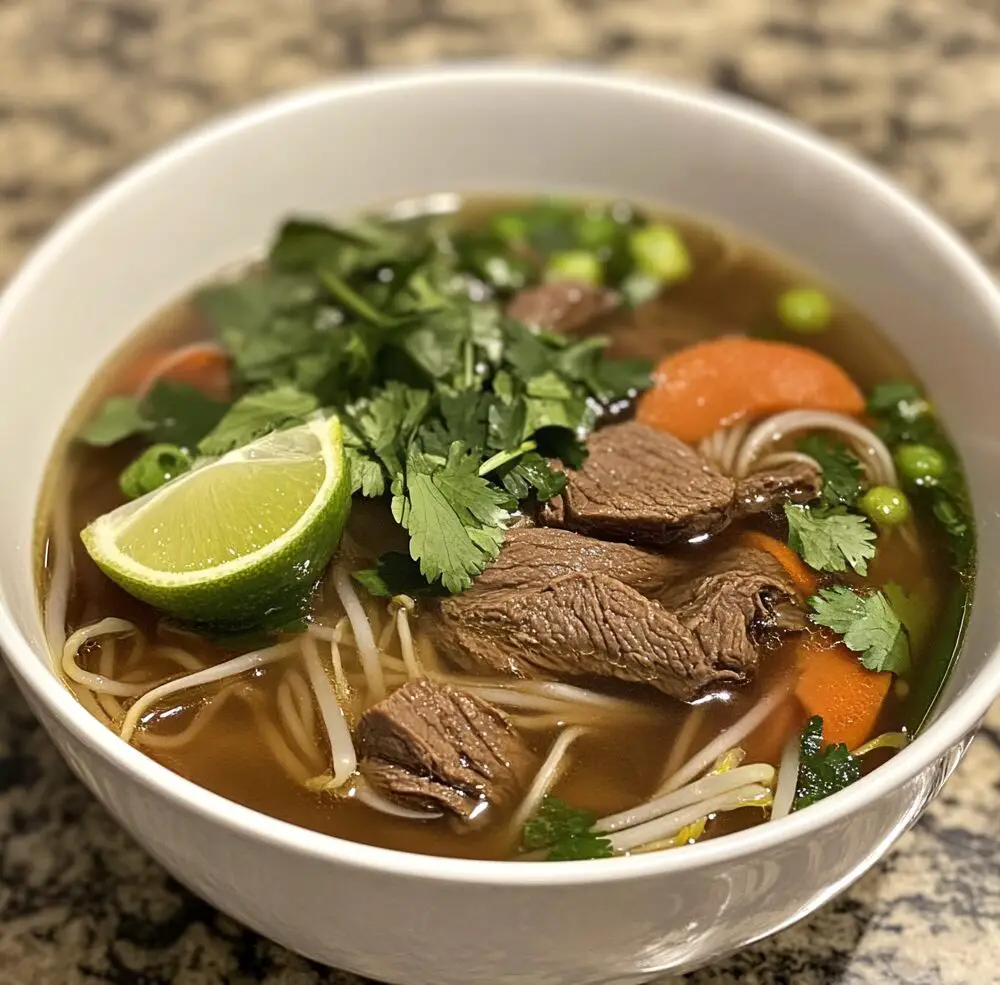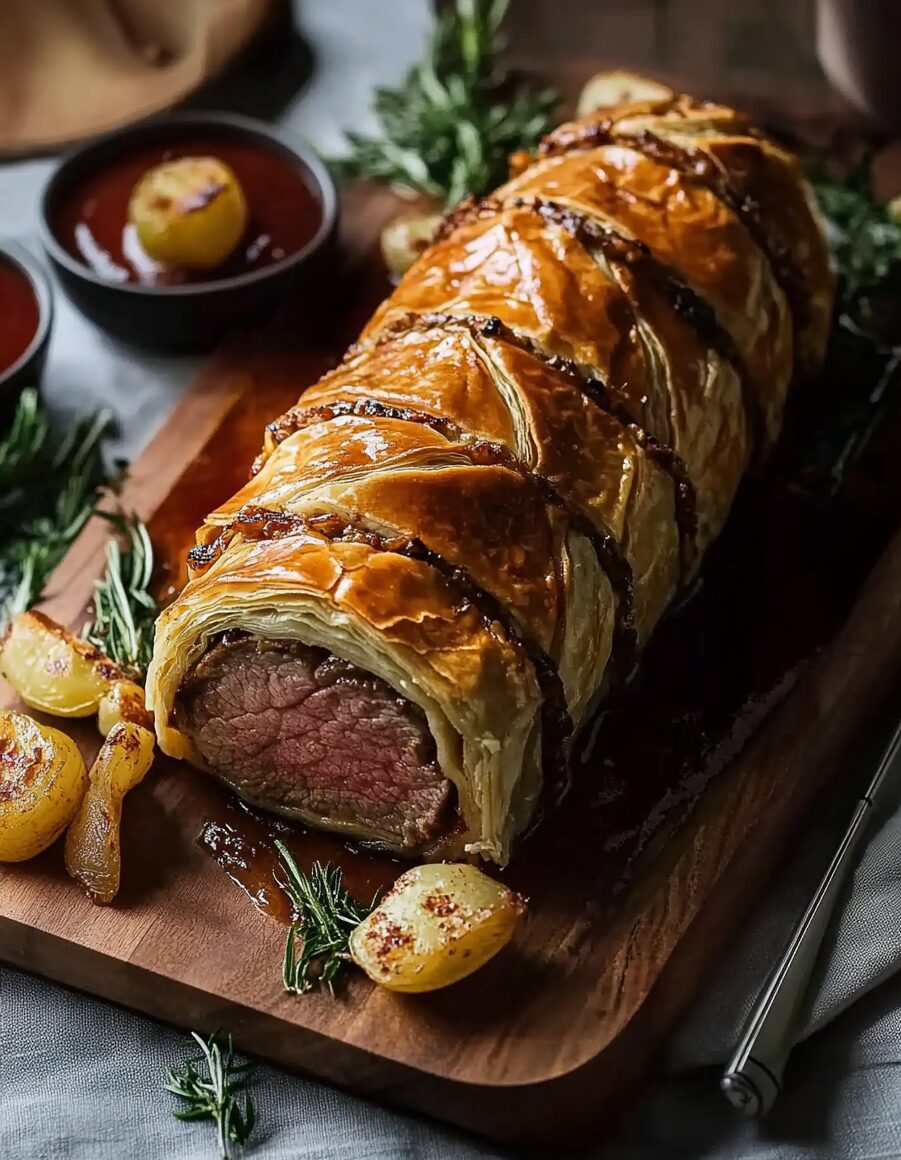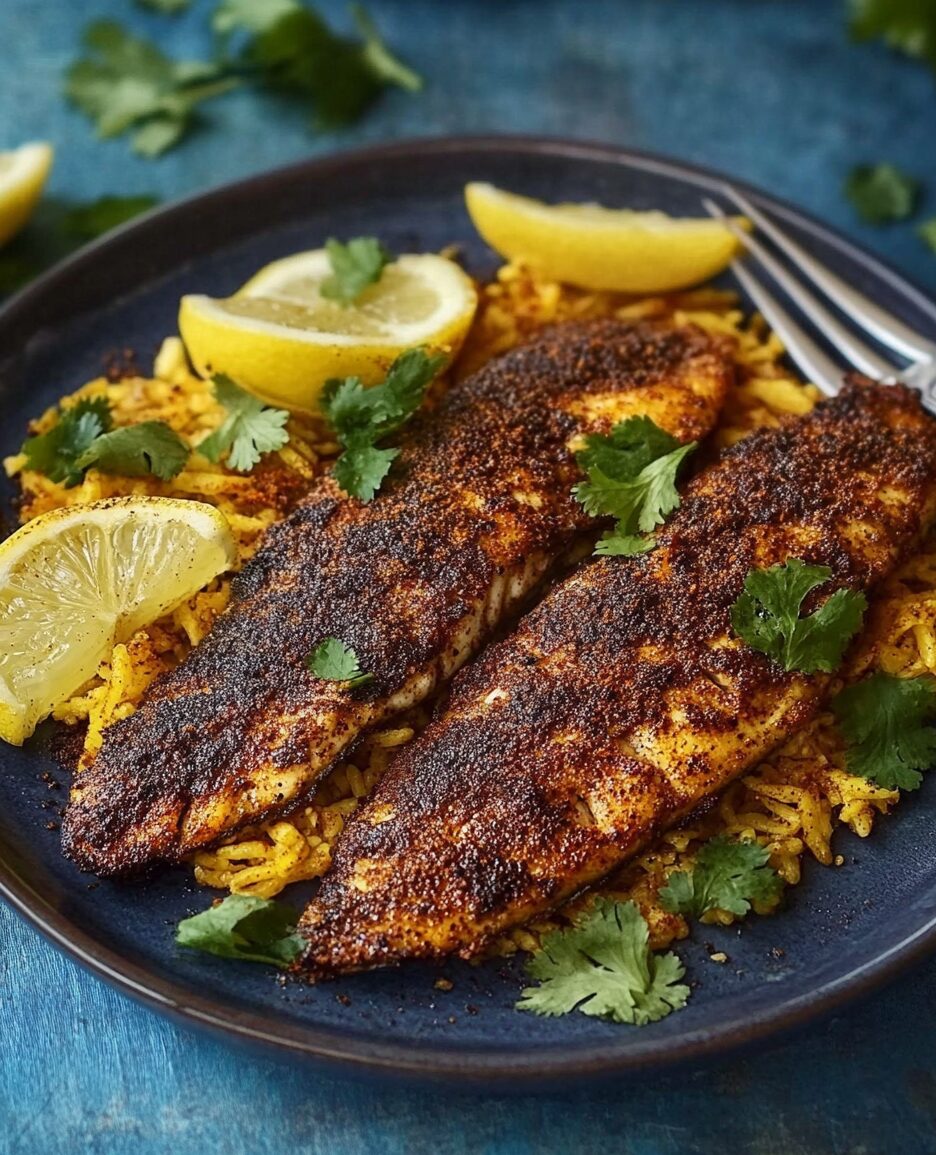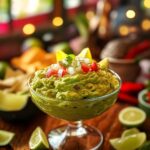This traditional Vietnamese Beef Pho is a warm, aromatic dish perfect for chilly days. With a rich broth made from roasted spices, beef bones, and charred aromatics, every spoonful is full of deep, complex flavors. The thinly sliced beef, tender noodles, and fresh herb garnish make this a well-balanced and satisfying meal. Whether you’re new to making pho or a seasoned fan, this recipe brings the authentic taste of Vietnam to your kitchen. Serve it with lime, hoisin sauce, and sriracha for added brightness and spice, making it customizable to every palate.
Full recipe:
Ingredients:
- 1 pound beef sirloin, thinly sliced
- 1 large onion, halved
- 4-inch piece ginger, halved
- 5 whole star anise
- 4 whole cloves
- 1 cinnamon stick
- 1 tablespoon coriander seeds
- 2 tablespoons fish sauce
- 1 tablespoon sugar
- 12 ounces rice noodles
- 8 cups beef broth
- 1 pound beef bones
- 4 green onions, chopped
- 1 cup fresh bean sprouts
- 1/4 cup fresh cilantro, chopped
- 1 lime, cut into wedges
- 2 Thai chili peppers, sliced (optional)
- Hoisin sauce and sriracha for serving
Directions:
- Char the onion and ginger over an open flame or in the oven under a broiler until slightly blackened. Set aside.
- In a large pot, dry roast the star anise, cloves, cinnamon stick, and coriander seeds over medium heat until fragrant, about 3 minutes.
- Add the charred onion, ginger, beef bones, beef broth, fish sauce, and sugar to the pot. Bring to a boil, then reduce heat and simmer for 2 hours.
- Skim off any foam that rises to the top of the broth during cooking.
- Cook the rice noodles according to package instructions, drain, and set aside.
- Strain the broth through a fine sieve and discard the solids. Return the broth to the pot and keep warm.
- Divide the cooked noodles into bowls and top with thinly sliced beef sirloin.
- Ladle the hot broth over the beef to cook it instantly.
- Garnish with bean sprouts, cilantro, green onions, and chili peppers (if using).
- Serve with lime wedges, hoisin sauce, and sriracha on the side for additional flavor.
Prep Time: 30 minutes | Cooking Time: 2 hours 15 minutes | Total Time: 2 hours 45 minutes
Kcal: 450 kcal | Servings: 4 servings
History and Cultural Significance of Pho
The origin of pho dates back to the early 20th century in northern Vietnam, particularly in Hanoi. It was first popularized by street vendors selling the dish from mobile kitchens. Pho eventually spread to southern Vietnam, where it underwent subtle changes in terms of ingredients and preparation. The northern version tends to be simpler and more focused on the clear broth, while the southern version is often served with a more robust array of herbs and garnishes.
After the Vietnam War, many Vietnamese immigrants brought pho to the United States and other countries, introducing it to the world. Today, pho is a beloved dish globally, not only for its delicious taste but also for its cultural roots and versatility.
Why Beef Pho is the Best Pho
While pho comes in many varieties—such as chicken pho (pho ga) or vegetarian pho—beef pho is often considered the gold standard. The reason lies in the rich, aromatic broth made by simmering beef bones and spices for hours, allowing the flavors to meld together beautifully. The beef sirloin, thinly sliced and cooked in the hot broth, offers a tender, melt-in-your-mouth experience that’s hard to beat.
Pho’s appeal lies in its ability to balance various flavors and textures: salty from the fish sauce, sweet from the sugar, aromatic from the spices, and refreshing from the fresh herbs like cilantro and green onions. Plus, it’s a highly customizable dish—whether you prefer your pho with extra lime, a dollop of hoisin sauce, or a kick of sriracha, you can easily tailor it to your taste.
Health Benefits of Beef Pho
One of the reasons Beef Pho stands out is its nutritional value. The broth, made from simmered beef bones, is packed with essential minerals like calcium, magnesium, and collagen, which support bone health and joint mobility. Beef, as the main protein, provides an excellent source of iron and B vitamins, which help in maintaining energy levels and promoting muscle growth.
The addition of fresh herbs like cilantro and green onions gives the dish a boost of antioxidants, helping to reduce inflammation and support overall health. Bean sprouts, which are commonly added to pho, are a good source of fiber, while lime provides a hit of vitamin C, aiding in immune support.
Moreover, Pho is a gluten-free dish (provided that you use gluten-free fish sauce), making it suitable for individuals with dietary restrictions or preferences. It’s also low in fat, especially if you skim the excess fat from the broth during cooking. For a comforting dish, it’s surprisingly light yet satisfying, leaving you full without feeling heavy.
How to Perfect Your Homemade Beef Pho
Making pho at home may seem intimidating at first due to its long list of ingredients, but the process is quite simple once you get the hang of it. The key to an authentic, delicious pho lies in the broth. Here are a few tips to ensure your Beef Pho is restaurant-quality:
- Char the Aromatics: Charring the ginger and onion adds depth to the broth, giving it that smoky flavor that’s essential in pho. You can do this directly over an open flame or under the broiler in your oven.
- Roast the Spices: Dry-roasting the star anise, cinnamon, and cloves before adding them to the broth intensifies their aroma, which gives your pho its signature fragrance.
- Simmer for Hours: Don’t rush the simmering process. The longer you let the broth cook, the more flavorful it becomes. Aim for at least two hours, but if you have more time, let it simmer even longer.
- Use High-Quality Beef: Since the beef sirloin is sliced thin and cooked directly in the broth, quality matters. Look for a tender cut of beef, and slice it as thinly as possible so that it cooks quickly when the hot broth is poured over it.
- Serve Fresh Garnishes: Pho is not complete without a variety of garnishes. Fresh bean sprouts, cilantro, green onions, and Thai basil add crunch and freshness, while lime and chili peppers brighten up the flavors.
Pho as a Comfort Food
One of the reasons Beef Pho is cherished by many is its comfort food status. There’s something incredibly soothing about a steaming bowl of pho on a cold day. The broth’s warmth, the tender noodles, and the fresh herbs all come together to create a deeply satisfying meal that nourishes both the body and soul.
For many Vietnamese people, pho is tied to memories of home and family gatherings. It’s often enjoyed for breakfast or lunch, but it can be eaten at any time of the day. In fact, pho is considered a go-to dish when you’re feeling under the weather or in need of a comforting meal after a long day.
Versatility of Beef Pho
Though traditional pho is made with beef, one of the beauties of the dish is its versatility. You can easily swap out the beef for chicken, pork, or even tofu if you prefer a different protein. If you’re short on time, you can also use store-bought broth as a base and enhance it with spices to mimic the authentic flavors.
Moreover, pho can be adjusted to suit various dietary needs. For a low-carb option, you can substitute the rice noodles with spiralized zucchini or shirataki noodles. If you want to add extra vegetables, bok choy, mushrooms, or spinach make great additions. You can even experiment with the spices, adding cardamom or fennel for a twist on the traditional recipe.
Beef Pho for Entertaining
If you’re looking to impress guests with a homemade dish, Beef Pho is an excellent choice. Not only does it offer rich, aromatic flavors, but it also makes for an interactive meal. You can set up a “pho bar” with all the garnishes and sauces laid out, allowing your guests to customize their bowls to their liking.
It’s a great dish to serve for dinner parties or family gatherings, as it’s hearty enough to satisfy, yet light enough to leave room for dessert. Plus, since pho can be made in large batches, it’s easy to prepare ahead of time and simply reheat the broth before serving.
Conclusion
Beef Pho is more than just a bowl of noodle soup—it’s a dish steeped in tradition, culture, and community. Whether you’re making it for the first time or it’s already a staple in your kitchen, pho offers endless opportunities for customization and creativity. From its nourishing broth to its vibrant garnishes, it’s a meal that pleases the senses and brings people together.
Next time you’re craving something warm and comforting, give Beef Pho a try. With a little patience and the right ingredients, you can create an authentic, flavorful pho that rivals your favorite Vietnamese restaurant.








